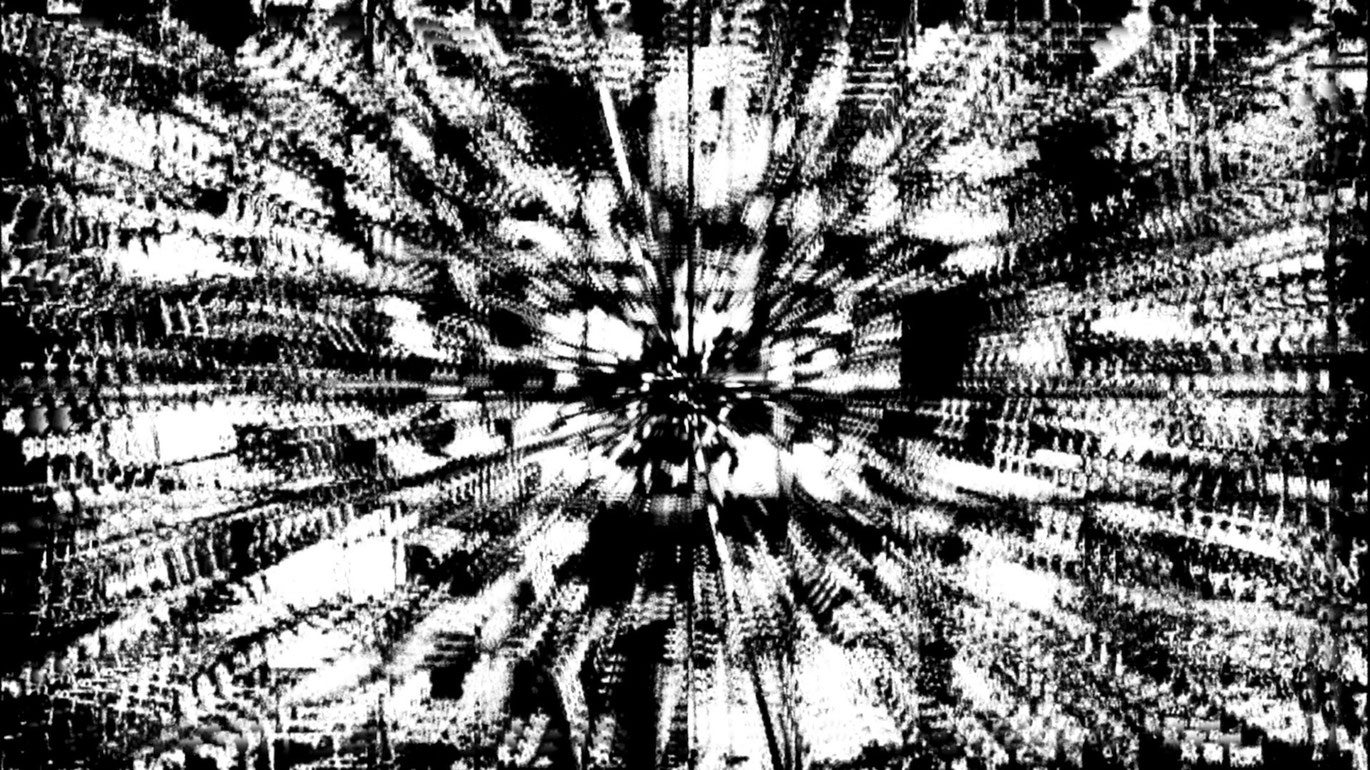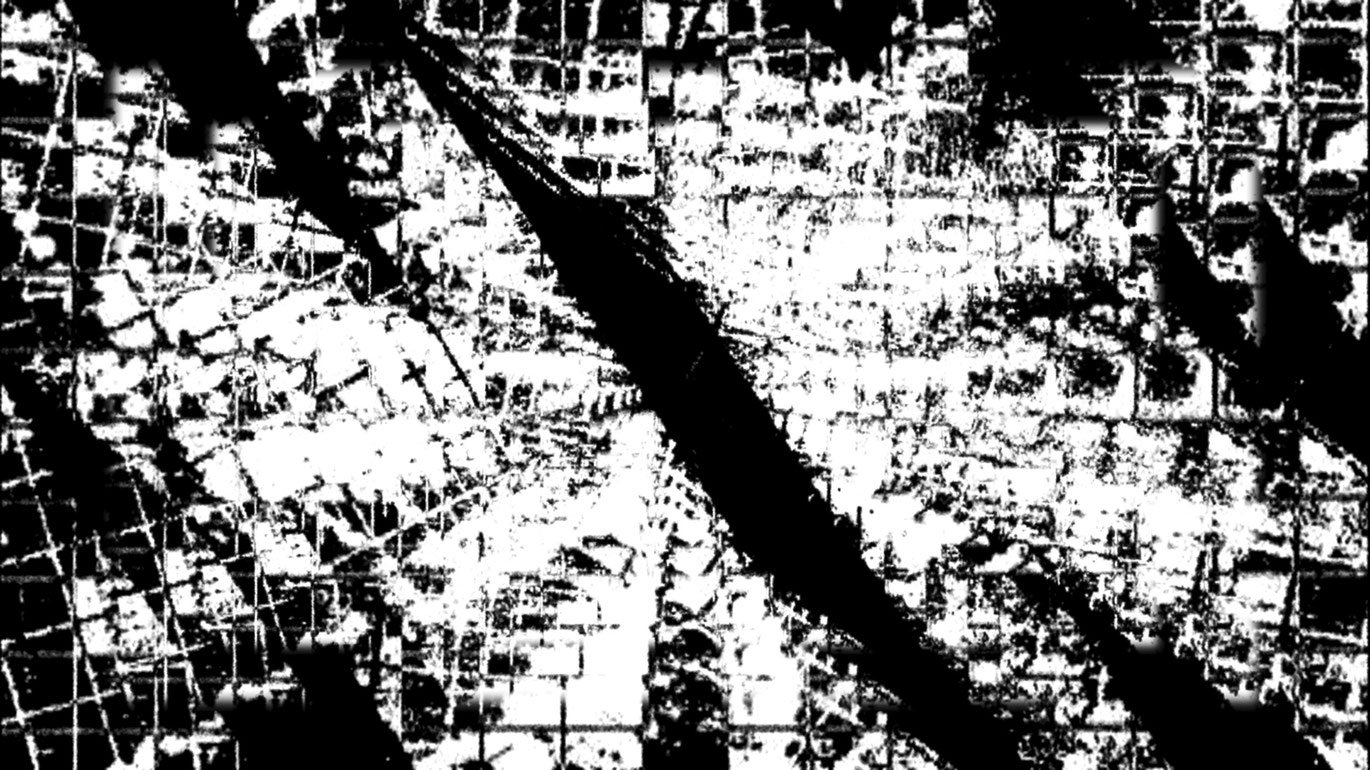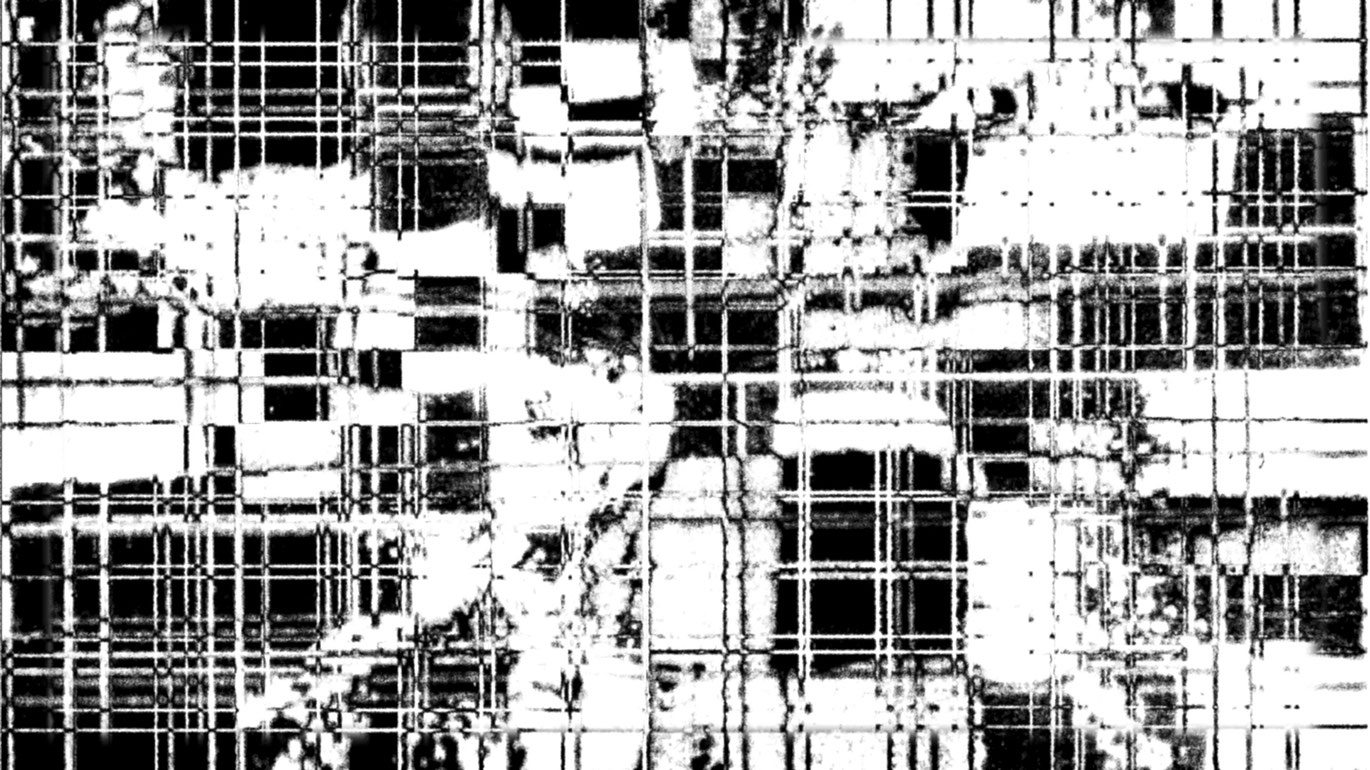FUDDY DUDDY
The right or 90-degree angle serves as a standard unit of order. Whether optimizing storage space, developing land or mapping the human body in ideal proportions, a grid serves as universal criteria. Squares stack into cubes; the pictorial surface is transformed into a relief in relation to a background of precise lines. In Siegfried A. Fruhauf´s FUDDY DUDDY, something resembling a big bang is seen, with an energy resulting from the struggle between order and chaos. Everything we see takes place within a linear force field - whatever happens in the black and white images that arise from invisible sources of artistic creativity, whatever reveals its presence the instant it disappears. The lines themselves begin to flicker. It is as if they emerge from lidless eyes - were it only possible - yet they do not give way. The crucial grid underlying classical aesthetics of harmony and measurement begins to glow, but it does not go up in flames.
Fruhauf pursues a grand art historical line with FUDDY DUDDY, while the title indicates something along the lines of a cute obsession with order. His experimental film emerges from a concern with the ever implicitly structured surface of painting. But then again, perhaps the inverse is true and nothing emerges. Instead we are simply dealing with a film through which Fruhauf has placed the screen under such an intense attack that normally invisible strut supports behind its surface begin to melt. This is a film of bending and rupture, in which the right angle carries off a magnificent Pyrrhic victory. (Bert Rebhandl)
Translation: Eve Heller
FUDDY DUDDY uses the motif of the grid to blow it to pieces. Being occupied with structural film, I repeatedly draw "frame plans," using grid structures to precisely record the succession of individual images. To me, this sometimes seems like a search for structures in an apparently chaotic world. The medium of film fulfills the need for orientation. So, then, it isn´t merely a personal preference for a certain working method. (Siegfried A. Fruhauf)
Is the image we see on screen controlled by order or is it an eruption of visual chaos? Siegfried A. Fruhauf presents a volatile and frenetically-changing painting of a grid of squares that fill the image space at different angles and in varying sizes and quantities. Drawing on the tradition of structural film, this experiment sees the director working with the materiality and space of the movie, for which the solid contours of the lines cease to be sufficient. The result is a fundamentally compelling, almost physical experience.
(Hubert Poul, Karlovy Vary Int. Film Festival 2017)
FUDDY DUDDY
2016
Austria
5 min 23 sec



